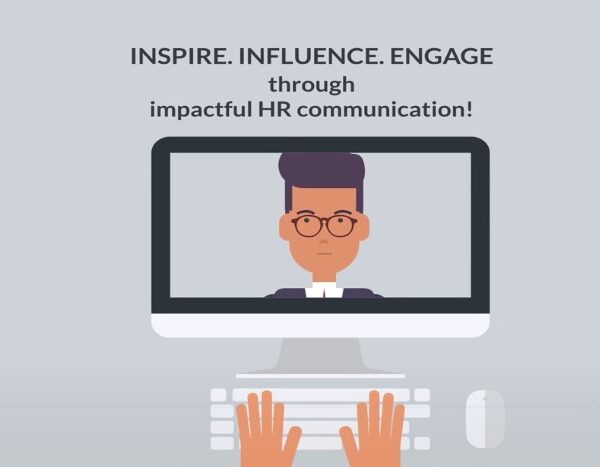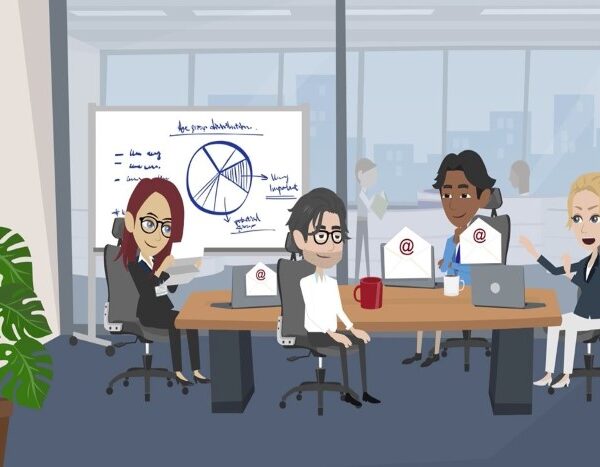Change as the Constant
In a rapidly changing socio-economic world, organizations constantly face the need to adapt with agility; to not only survive but also to capitalize on the opportunities put forth by the dynamic market place. These measures could encompass new strategy, adapting new technological platforms, change in leadership, reorganization and so on.
Inevitably this will be met by some strong emotional responses across the organization, given that nothing is as disconcerting to us as change, even positive shifts, which constitute a move away from familiar, comfort zones. The emotional upheaval might result in lower morale and engagement and a subsequent dip in performance. So how do we, as communicators, prepare the workforce to engage with the shared purpose necessitating the change, and to embrace the new direction with confidence and enthusiasm?
“Communicating during a transition is all about viewing the situation through the eyes of stakeholders, of all those who are affected by the change. It is communication rooted in empathy, aimed at driving meaningful conversations across the business to alleviate uncertainty and build trust and confidence.”
Mapping the audience perspective
Successful change communication starts from an analysis of the audience perspective. What do they know/ understand already? What drives/ motivates them? There could be various stakeholder groups who are affected by the change and they need to be identified and their representatives consulted with, to ensure that any change communication meets their informational and emotional needs.
Ideally, the internal communication team should work closely with partners like HR, marketing, strategy and such key departments to agree on the communication objectives and desired audience responses during the different phases of the change management communication process.
Leadership endorsement
Once stakeholder requirements are mapped, the next step is to approach leadership and get their buy in. This is the stage where you collaborate with leaders and key decision makers to understand their vision, the rationale or drivers of the change, the possible impacts and expected results.
Responses to stakeholder informational requirements may be prioritized and agreed upon with leadership at this point. It is also important that management and leadership endorse the key messages to be communicated, that they live the change and endorse the behaviors required to tide over the transition.
Establishing the frame of reference
All change messages need to foremost establish a frame of reference, which helps employees understand
- The master narrative should answer the below questions:
- Who are you and what is unique about you?
- Why is it important?
- Where are we now? Where do we need to get to and what are the challenges?
- How do we do get to the destination?
The messages should be embedded in a clear understanding of the pulse of the external environment or the shifting marketplace. This makes the process tangible and rational, imparting critical updates while encouraging employees to not only move in a different direction but also to work collaboratively to support the change.
Change Communication Strategy
Apart from the key messages and diverse channels to be used, the communication strategy should also indicate the frequency of communication and timelines, with sufficient checks at every point to fill in the gaps. The channels may vary depending on the communication habits of the target audience- ranging from traditional email to face to face, intranet announcements, social media and team huddles. It is best to communicate using a range of channels for optimizing results.
Overall, the plan needs to be innovative, human and real in every respect, to strike a chord in employee hearts and minds.
Levels of Engagement and Feedback
The communication plan may fall into various phases, which relate to different levels of audience engagement that may start with awareness, and later transitioning into understanding and finally, engagement or active participation.
It is important to establish feedback mechanisms to understand audience engagement after activities in every phase. You may rely on the ‘influencers’ amongst the different stakeholder groups to understand the nature of the reception of the messages amongst colleagues, its success rate and chart out improvement measures to elicit the required responses. Influencers are employees who can shape opinion as well as impart honest feedback.
Throughout the transition, it is essential that the internal communication team remains close to both leadership and employees. This helps to gain an insight into expectations at both ends of the spectrum- to understand organizational priorities and the business calendar, as well as to gauge where employees stand on the change curve.
Though the above is a quick guide to communication during transient times, it is worth noting that the communication teams need to be constantly on the look-out for innovative ways of delivering news, while occasionally tapping into the corporate memory to identify past successes and to connect with it, where required.





